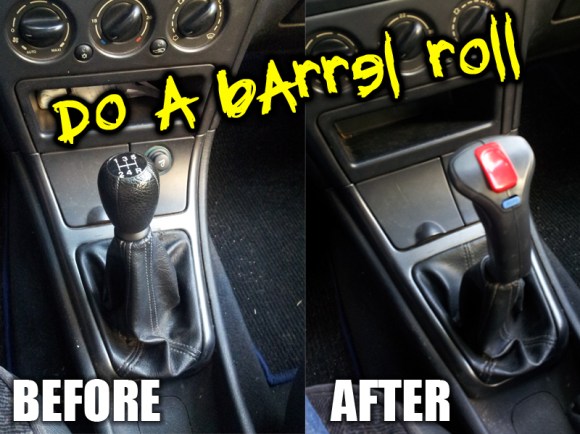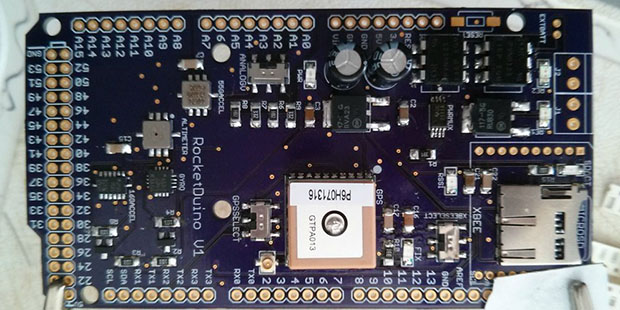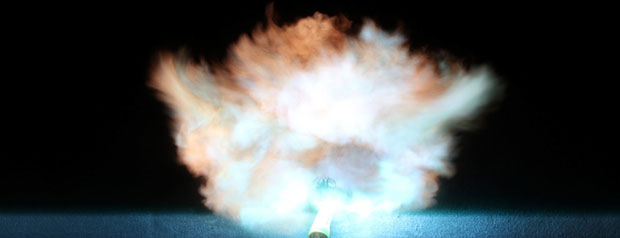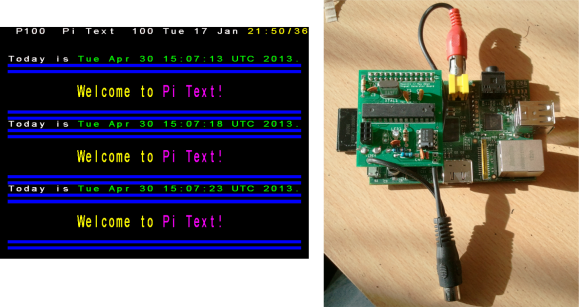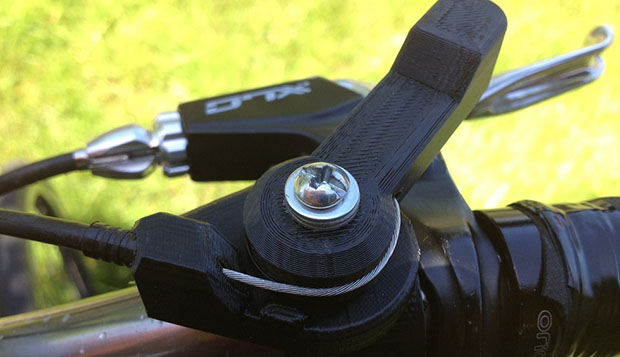![]()
IR control for your home theater doesn’t have to look ugly. [Rhys Goodwin] put his IR blasters inside his audio equipment.
Steam powered windshield wiper. Need we say more?
An assembled version of the FaceDancer is now available for purchase. This is a man-in-the-middle USB tool developed by [Travis Goodspeed]. When [S.A.] sent us the tip he mentioned that the board is a pain to hand solder if you’re making your own; this is an moderately affordable alternative.
[Aaron] makes it easy for audiophiles to listen to Soundcloud on their Sonos hardware.
We’ve heard of fuzzy clocks — they only give you a general sense of time. Here’s a fuzzy thermometer that uses the vocal stylings of [Freddie Mercury] to get a general feel for how hot it is.
While you’re still laughing, this most useless machine taunts you in more ways than one. It uses audio clips and theatrics to vary the way in which it shuts itself off. [Thanks Itay and David]
Modern CNC techniques make short work of prototyping for the Ford Motor Company. [Thank Wybren via SlashGear]

